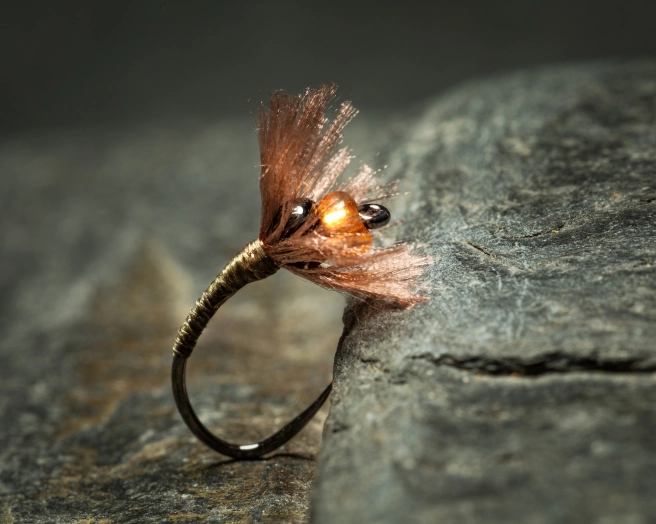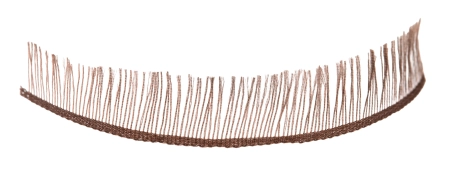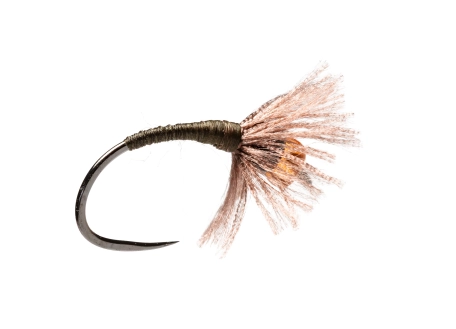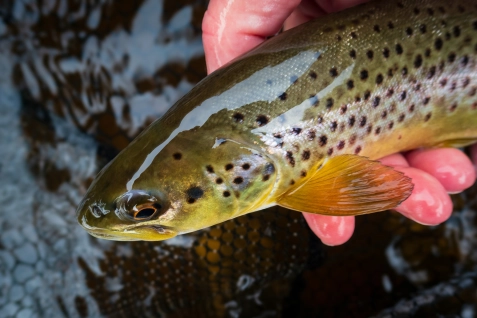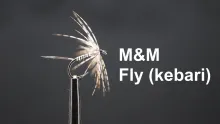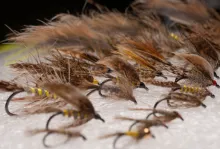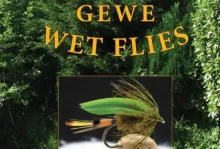This pattern is tied with natural silk ribbon, using the product of one insect to imitate another
The sakasa kebari (reverse fly) is an iconic style used in many tenkara flies. Tied with a forward facing hackle these flies grab the water when fished downstream helping the angler keep their tenkara line off the water. The Silk Sakasa, like the Tutu flies described in a previous GFF article, are tied using natural silk ribbon using the product of one insect to imitate another.
Glass embroidery beads add a little weight to the fly and splay the silk fibres adding to the fly’s resistance to flowing water. They also make the fly easier to tie on without trapping the silk fibres in the tippet knot.
I designed this fly with tenkara fishing in mind, but it can also be fished with a conventional fly rod. I fish it downstream, casting towards the far bank and then raising the rod to bring in. a loop of line and positioning the fly on the line I it want to drift. Lowering the rod at a speed appropriate to the current allows the fly to drift naturally with the line held off the water. An occasional pause or twitch of the rod adds action to the fly.
- Log in to post comments

